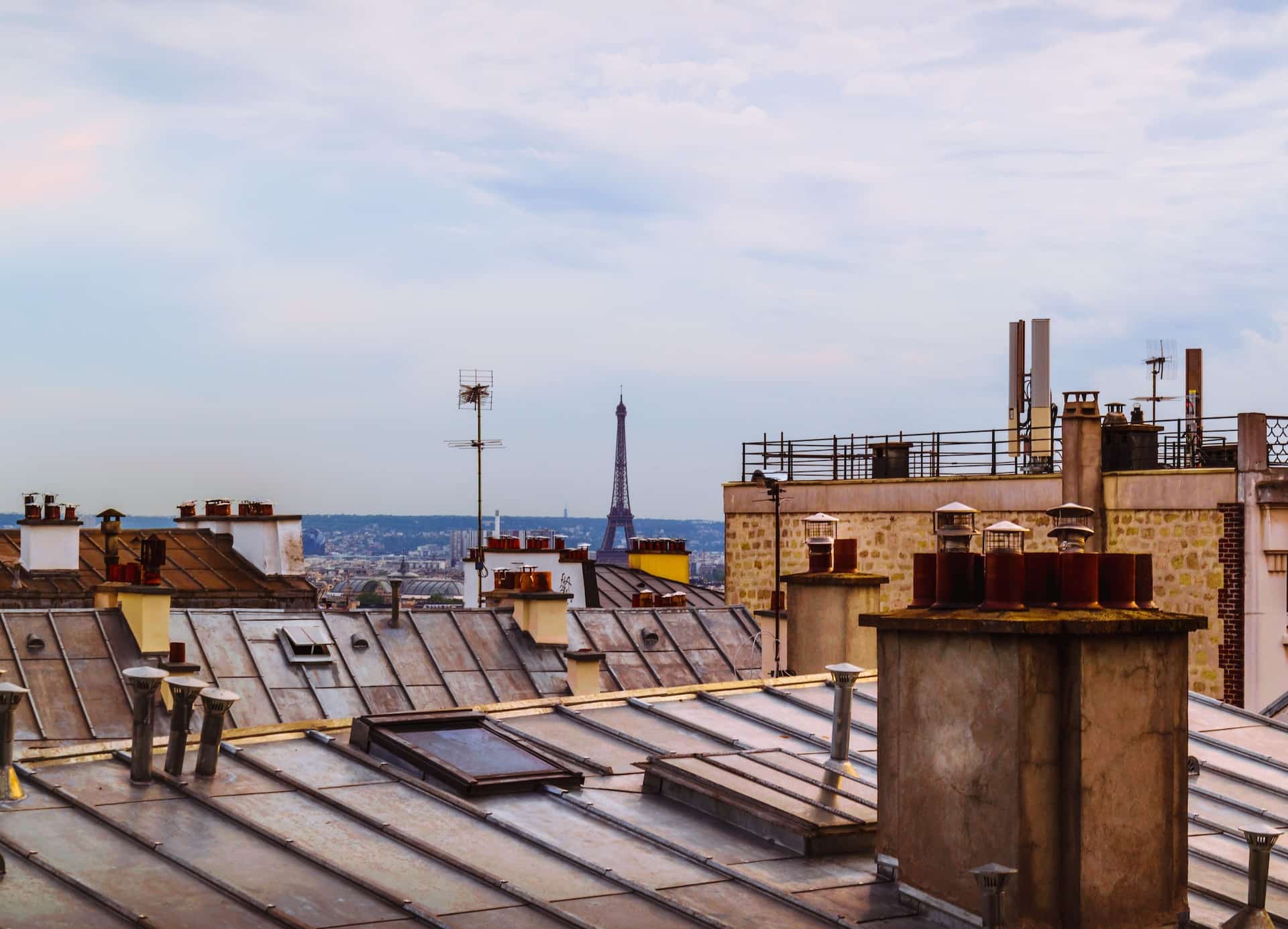A well-ventilated roof is an essential component of a comfortable and energy-efficient home, especially in the Australian climate. With scorching summers, high humidity, and varying regional conditions, homeowners need to invest in effective roof ventilation systems. At Leaky Roof, your one-stop-shop for all your roofing needs, we understand the critical role roof ventilation plays in preserving the lifespan and integrity of your roof, as well as the health and comfort of your home’s occupants. Our unwavering commitment to guiding homeowners towards the optimal roof ventilation solution is rooted in our expertise and passion for delivering top-notch service and workmanship.
In this comprehensive blog post, we will discuss the importance of proper roof ventilation for Australian homes and uncover the challenges it addresses, such as heat build-up, mould and mildew growth, and excessive energy consumption. Furthermore, we will delve into various roof ventilation systems, analyzing the advantages of different types, including passive ventilation, active (mechanical) ventilation, and solar-powered solutions. Our goal is to provide you with a better understanding of the ventilation options available, enabling you to make informed decisions on the ideal roof ventilation system for your unique circumstances.
Investing in appropriate roof ventilation not only enables a healthier, more comfortable living environment for you and your family but can also extend the life of your roof and contribute to energy savings. So, let’s dive into the world of roof ventilation and uncover the solutions that best suit your Australian home.-
Combating Heat Build-Up: The Key to Comfort
In Australia’s sun-soaked climate, heat build-up in poorly ventilated roof spaces is a common issue. As the sun beats down on the roof, the materials and air within the roof cavity can become incredibly hot, leading to increased indoor temperatures and discomfort. By ensuring proper roof ventilation, heat can escape, significantly reducing temperature extremes within your home. When your home remains cooler in the heat of summer, you’ll notice an improvement in overall comfort while also reducing your reliance on air conditioning units, leading to lower energy bills.
Tackling Moisture Issues: Mould and Mildew Prevention
A well-ventilated roof also plays a crucial role in curbing moisture build-up, a common issue in more humid regions of Australia. Inadequate ventilation can lead to excessive indoor humidity, which can create an environment conducive to mould and mildew growth. Prolonged exposure to mould and mildew can cause health issues, including allergies, asthma and respiratory problems.
By proactively addressing roof ventilation, you can reduce moisture-related problems and promote healthier indoor air quality for your home’s occupants. With a properly ventilated roof, you can avoid unsightly and unhealthy mould growth, creating a healthier living environment for your family.
Different Types of Roof Ventilation Systems
Several roof ventilation systems are available in the market, each with its unique set of advantages depending on your climate, home design, and budget. Understanding the differences between passive, active (mechanical), and solar-powered ventilation systems will enable you to choose the most suitable solution for your home.
Passive Ventilation: Harnessing Natural Airflow
Passive roof ventilation systems use the natural principles of convection and airflow to ventilate the roof cavity. As warm air rises and escapes through vents near the roof’s peak, cooler air is drawn in through vents placed closer to the eaves, creating a continuous flow of fresh air.
Some popular passive ventilation options include:
1. Ridge vents: Installed along the roof’s ridge, these vents allow warm air to escape due to their higher positioning.
2. Soffit and eave vents: Placed beneath the eaves, these vents draw in cool air, helping to maintain consistent airflow.
3. Roof vents or whirlybirds: Installed on the roof, these fixtures use wind power to mechanically draw heat and moisture out of the roof cavity.
Active (Mechanical) Ventilation: Power-Driven Solutions
Active or mechanical ventilation systems use powered fans to draw air in and out of the roof cavity actively. These systems offer more control over airflow and are particularly useful in dealing with more severe heat and moisture issues.
Some common mechanical ventilation options include:
1. Roof-mounted fans: These powerful fans draw hot air from the attic or roof space and expel it outside, making them particularly effective in warm climates.
2. Gable vents with fans: Installed in the gable ends of the home, these vents include a fan to actively draw air out of the roof cavity.
Solar-Powered Ventilation: Harnessing the Sun’s Energy
Solar-powered roof ventilators combine the benefits of active ventilation with the cost-saving potential of solar energy. These systems utilise solar panels to power fans, providing an energy-efficient roofing solution that expels hot air and maintains consistent airflow without consuming electricity from the grid.
Conclusion
Proper roof ventilation service is a crucial yet often overlooked aspect of roof maintenance, especially in the diverse climate conditions of Australia. By understanding the importance of roof ventilation, homeowners can combat heat build-up, tackle moisture problems, and create a healthier, more comfortable indoor environment.
We understand the importance of a well-ventilated roof and are dedicated to helping you achieve the perfect ventilation solution for your unique circumstances. Our experienced team of roofing professionals can advise on ventilation options, installation techniques, and best practices to ensure your home remains comfortable and efficient throughout Australia’s diverse climate conditions. For one-stop-shop roofing solutions, count on our expertise, dedication and passion for delivering top-quality ventilation solutions that stand the test of time.



